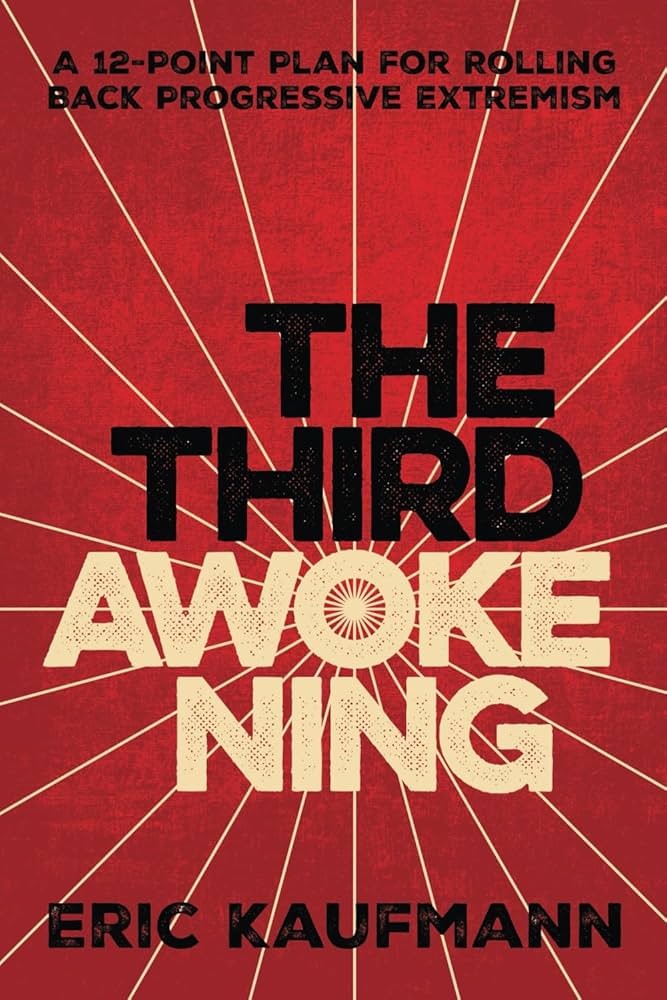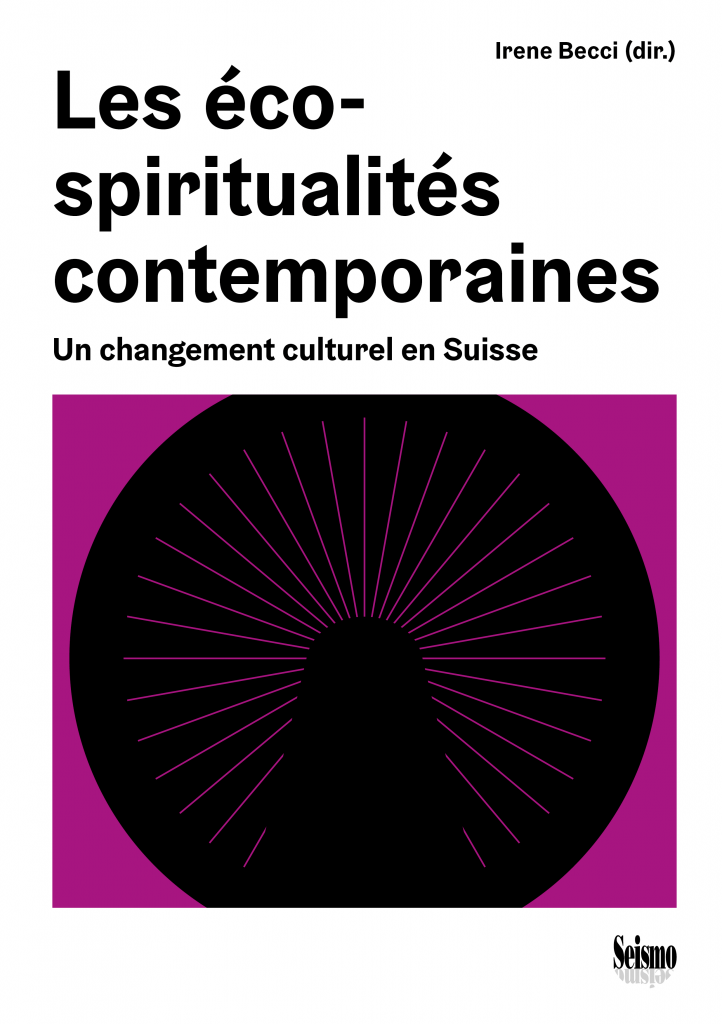

■ There have been several recent books about the emergence of “wokeness,” and some of them have traced this diffuse phenomenon of political correctness and identity politics relating to race and gender to religious or quasi-religious origins and sentiments. There is some debate as to the definitions and extent of “wokeness” and whether it is losing its influence. Political scientist Eric Kaufmann’s new book, The Third Awokening (Bombardier Books, $17.99), argues that wokeness is a long-term trend and also sees the phenomenon in quasi-religious terms. But he goes further than similar works in providing actual data about wokeness and organized religion. Kauffmann, a critic of wokeness, argues that the phenomenon is a form of “cultural socialism” that elevates principles such as diversity and equality in race and gender to a sacred level while “canceling” those deemed to be engaged in the “taboos” of violating them.
Added to this familiar argument, Kaufmann’s book uses survey data to show how neither secularization nor religious growth may have a great impact on the influence of wokeness. Using his own surveys, the political scientist finds that woke attitudes are as common in secularists as they are in Christians. Especially in the U.S., Christianity only works against woke values “insofar as it inclines individuals to be conservative. A leftist who attends church regularly is not less woke than a leftist who doesn’t,” Kaufmann writes. Interestingly, in the UK, religious affiliation is more of a partial barrier to wokeness in that it is more closely tied to patriotism and pride in being British. He concludes that “if religion roared back, this would reduce wokeness somewhat, but only because it would produce more conservatives, who would then track toward patriotism and anti-wokeism. The return of a strong secular nationalism (think Eastern Europe or East Asia) would have a bigger effect.”

■ There has been both a “spiritualization of ecology” and an “ecologization of religion” taking place in Switzerland since 2015, according to research presented in the new French book, Les éco-spiritualités contemporaines: Un changement culturel en Suisse (Seismo, €43), edited by Irene Becci. The study, conducted by Becci and other researchers at the University of Lausanne (Switzerland), was based on field research in Switzerland, complemented by the use of survey data. The book offers a rich variety of insights, putting recent developments in a historical and global perspective without ignoring regional peculiarities, even within Switzerland itself. The starting point of 2015 is not an arbitrary one, the authors emphasizing that a socio-cultural turning point occurred around that year, when Pope Francis issued his encyclical Laudato si’ and the UN Climate Change Conference (COP21) in Paris adopted a legally binding international treaty on climate change. Whereas in the 1970s, the spiritual dimension of environmental concerns was more or less confined to an alternative, countercultural milieu, today it is increasingly integrated in secular discourses on ecology.
The researchers identify five types of eco-spirituality, ranging from approaches within the context of institutional Christianity to less organized religious expressions and secular contexts. Within mainline Christian churches, the impetus comes either from ecumenical initiatives or in the form of local projects in congregations (e.g., greening church buildings and other practical approaches). Across denominational lines, others—not just Christian believers—advocate for an “inner transition” to address the ecological crisis, inspired by figures such as Joanna Macy (originator of “The Work that Reconnects”), who is also seen as a resource by some Extinction Rebellion activists. A third type are the “spiritual neo-traditions of nature,” aware of “Mother Earth,” with references both to the wisdom of distant indigenous peoples as well as local traditions or pre-Christian cultures. Then come the New Age “holistic practitioners,” usually with a seeker’s background, who listen to their intuition and feelings, wary of restrictive traditions and adapting eco-spirituality to their own circumstances. Finally, in a kind of gray area, there are public figures who do not claim spiritual credentials and are known for their scientific, cultural or political commitments, but who use words, metaphors or techniques reminiscent of eco-spirituality.
The authors also pay attention to festivals and other events, which are seen as sites of hybridization between eco-spiritualities, but which in some cases also reveal tensions between environmental political activism and those who emphasize “inner transitions.” Interviews with representative individuals reveal two main profiles in the field of eco-spirituality. On the one hand, there are environmental activists who have added a spiritual dimension to their work, often interested in the ideas of “inner transition,” eco-psychology or deep ecology, and inclined toward collective action. On the other hand, there are spiritual people with an environmental sensibility who emphasize private, personal commitment first. Nevertheless, breaking with the cliché of narcissistic spirituality, a “large majority of eco-spiritual activists” place their spirituality in a political framework, embedding their spiritual practices within a broader purpose and as part of a collective project of environmental awareness, the authors conclude. The book is open access and can be downloaded in PDF format from the page: https://www.seismoverlag.ch/fr/daten/les-eco-spiritualites-contemporaines/